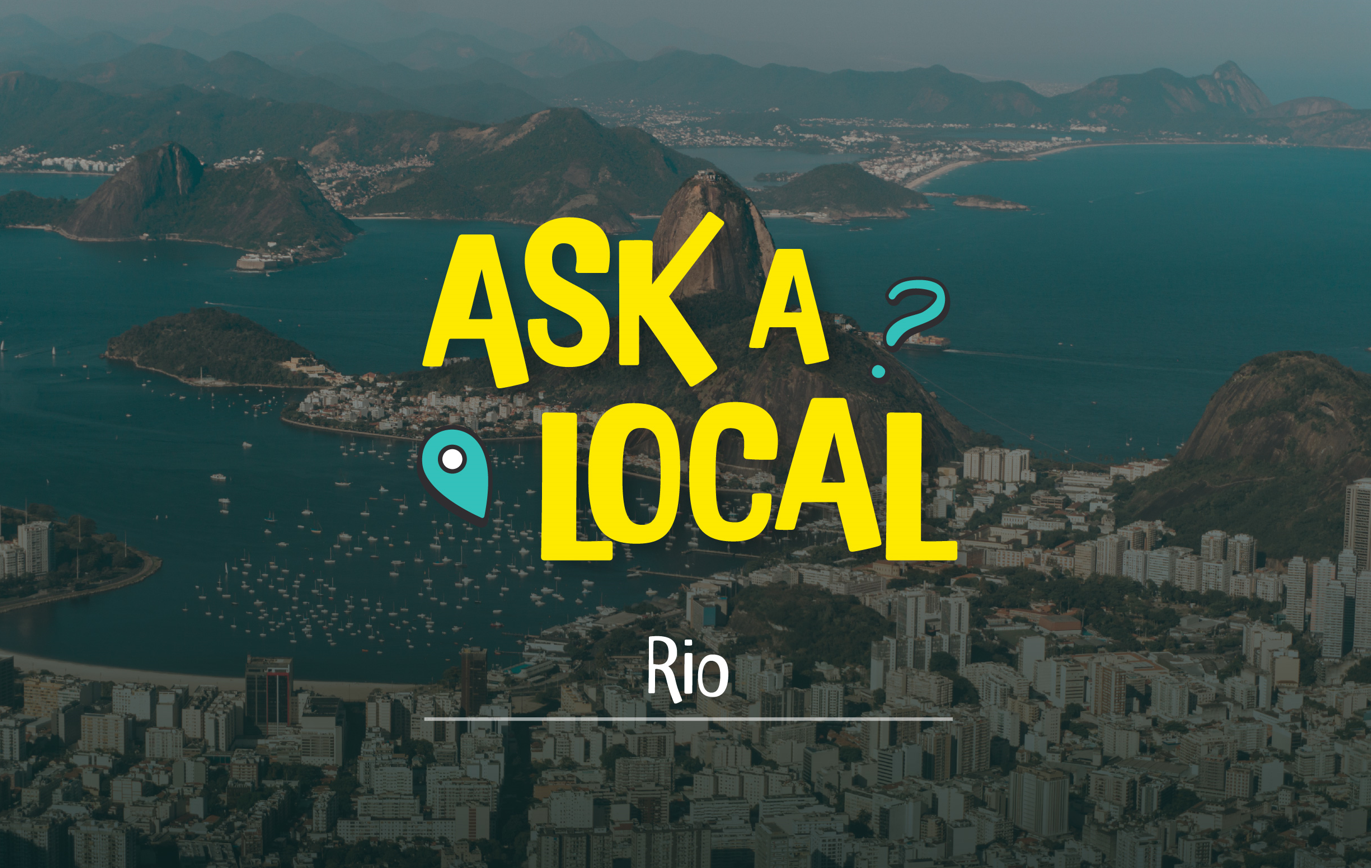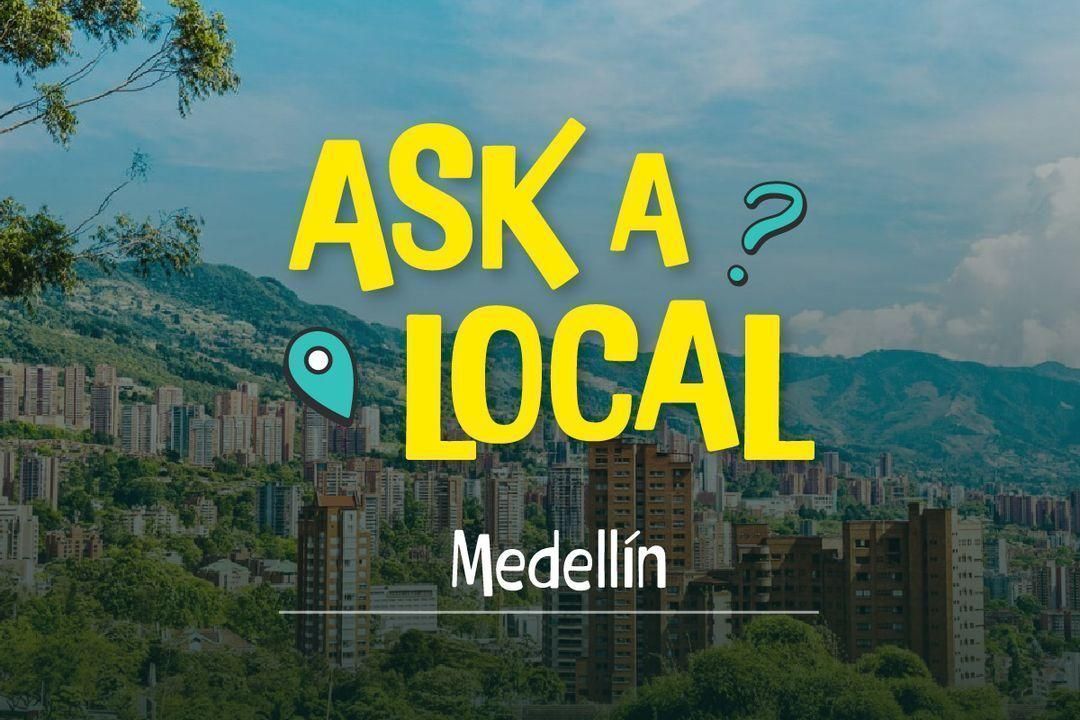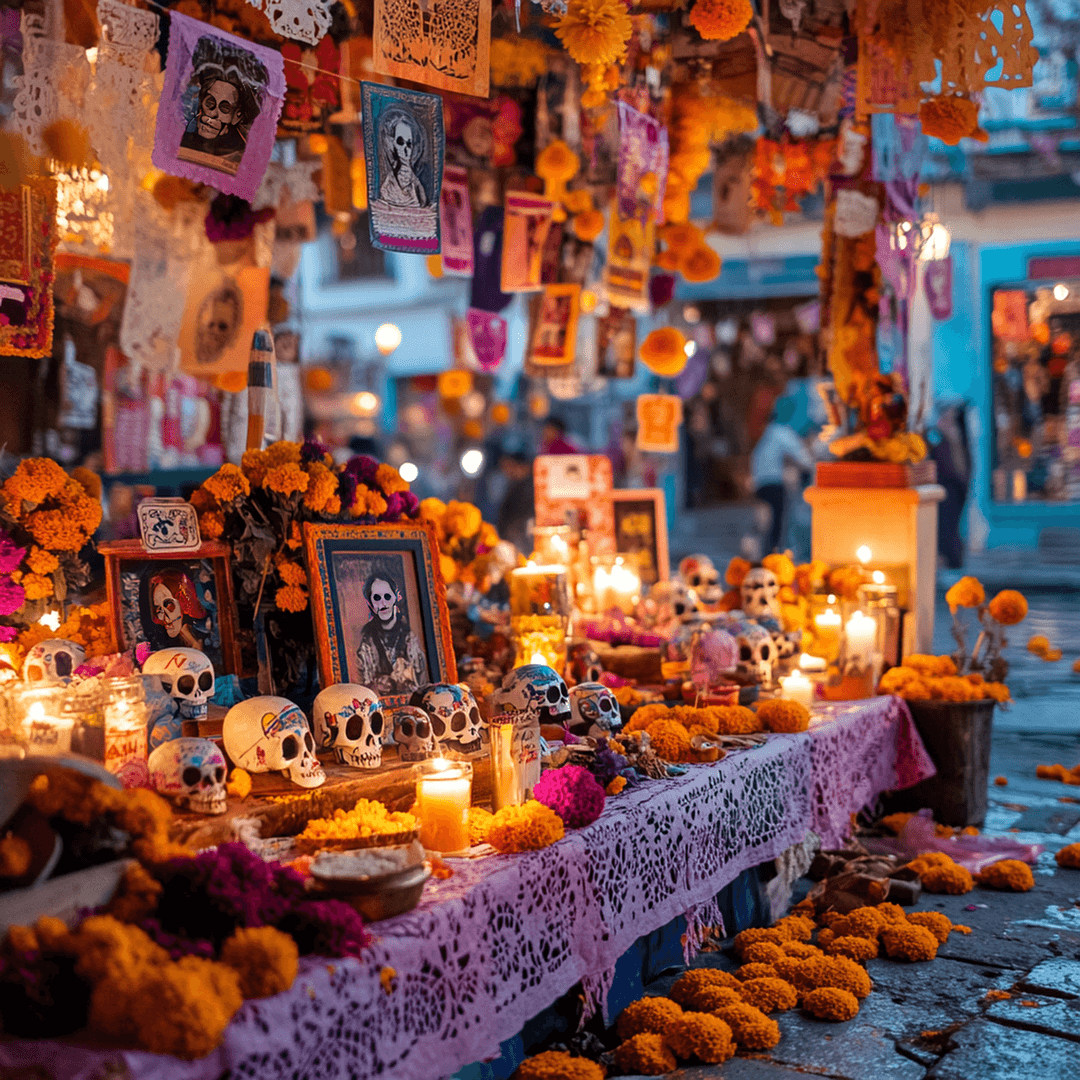 Carnival, Brazil: Everything You Need To Know
Carnival, Brazil: Everything You Need To KnowWhen, Where, and How to Enjoy Carnival 2026 in Brazil
Read More
At Sim Local, our team is spread out across the world, giving us a unique insider perspective in over a dozen cities. We created this series to highlight the must-see attractions, as well as some hidden gems that only locals know. This week, the spotlight is on Rio de Janeiro in Brazil.
I was born and raised in Rio de Janeiro. It’s where I grew up, where I got married, and where I gave birth to my children. I only left when I was 41 years old, so you could say I have a pretty deep bond with this city. My best childhood memories live in the streets of Rio—playing with friends, riding bikes, watching sunsets from the beach. Even the scent of certain foods can instantly take me back. It’s the sound of the waves, the samba in the background, and the warmth of people that stay with you forever.
If it’s your first time in Rio, don’t skip the classics—they’re famous for a reason. Sugarloaf Mountain (Pão de Açúcar) gives you breathtaking panoramic views of the city and Guanabara Bay.
The Christ the Redeemer statue (Cristo Redentor) is iconic, of course, but it’s also genuinely awe-inspiring up close.
For a more relaxed pace, take a stroll or rent a bike around the Rodrigo de Freitas Lagoon—it’s especially beautiful at sunset.
Leblon beach is another must, slightly less touristy than Copacabana or Ipanema but just as stunning. And for a mix of nature and culture, head to Parque Lage, a lush public park at the foot of Corcovado Mountain with walking trails, gardens, and a beautiful mansion-turned-art-school.
The Museum of Tomorrow (Museu do Amanhã) in the revitalized port zone is visually striking and thought-provoking. Right nearby is the impressive Rio de Janeiro Aquarium, and you can walk around the area to see street art and enjoy the harbor vibe.
If you want a beach that feels like a secret escape, go to Prainha. It’s a small, protected beach popular with surfers and nature lovers—far from the buzz of Copacabana, but not too difficult to reach if you rent a car or take a rideshare. It’s quiet, pristine, and surrounded by green hills that make you feel like you’re a long way from the city.
Another hidden gem is the Instituto Moreira Salles in the Gávea neighborhood. It’s an old modernist mansion-turned-cultural center that holds fantastic art and photography exhibitions. The architecture is gorgeous, and the café is also a favourite of mine.
For something truly local and unpretentious, Chopperia Galeto Bandeira is a great pick. It’s a traditional Brazilian eatery with simple, delicious food that locals actually eat. You’ll find well-seasoned meats, rice and beans, and cold draft beer—nothing fancy, just really satisfying.
For a more historic experience, visit Confeitaria Colombo in the city center. It’s been around since 1894 and is housed in a stunning Belle Époque building with high ceilings, stained glass, and mirrors. Even if you’re just grabbing a coffee and a pastry, it feels like stepping back in time.
Definitely try a pastel—a crispy, deep-fried pastry filled with everything from cheese to ground beef to shrimp. You’ll find them in street markets and casual eateries. Another overlooked favourite is farofa, a toasted cassava flour mixture that’s often served with meat and beans. It sounds simple but it’s addictive.
And of course, Galeto na brasa—barbecued chicken served with traditional sides like rice, beans, and maybe some vinagrete (a tomato-onion vinaigrette)—is a staple dish that locals love. It’s the kind of comfort food that makes you feel at home.
Ipanema is still fairly popular, but it has a more laid-back and local vibe than Copacabana. The beach is beautiful, the cafés and juice bars are great, and there’s a real neighborhood feel. If you wander a few blocks inland, you’ll find local bakeries, bookstores, and boutiques that aren’t aimed at tourists.
Gávea is another gem. It’s a quiet, residential neighbourhood with leafy streets, local markets, and a cultural center (the aforementioned Instituto Moreira Salles). It’s the kind of place where you’ll see kids playing in the square and people walking their dogs, not just tourists snapping photos.
Everyone’s heard of Carnival, of course, but there are other events that locals hold dear. One of my favourites is Festa Junina, a traditional June festival that celebrates rural culture and the saints—St. John, St. Peter, and St. Anthony. You’ll find bonfires, traditional music, dancing, and amazing food like corn cakes, sweet rice, and more pastels. It’s like a Brazilian harvest festival, and it’s especially fun if you’re travelling with kids.
If you’re in Rio for Reveillon, go to the beach - Copacabana hosts the biggest fireworks display, and everyone wears white for luck. It’s a truly unforgettable night.
Rio has a decent subway system that covers most of the areas visitors will want to go. It’s clean, relatively safe, and a great way to skip traffic. For short distances, walking is very doable, especially in neighborhoods like Ipanema, Leblon, and Lapa. Just be mindful of your surroundings and avoid flashing valuables.
Taxis and rideshare apps like Uber are also very common and affordable. Renting a car isn’t recommended unless you’re planning a road trip outside the city - traffic in Rio is chaotic and parking can be a nightmare.
Yes, head to Arpoador, a rocky point between Ipanema and Copacabana. It’s a favourite sunset spot among locals, and the view of the sun dipping into the Atlantic is pure magic. People often gather here in the early evening, clap when the sun goes down, and maybe share a beer.
Another great place is Barra da Tijuca beach. It’s less crowded than the more central beaches, and the long stretch of sand gives you a big sky, perfect for watching the light change at the end of the day.
One of the easiest and most underrated day trips is to take the ferry across Guanabara Bay to Niterói. It’s technically a separate city, but it feels like an extension of Rio. The MAC (Museum of Contemporary Art), designed by Oscar Niemeyer, is a must-see, and the views back toward Rio are spectacular.
There are also beautiful beaches like Itacoatiara that are popular with surfers.
If you’re up for a bit more travel, head to Búzios—a small beach town with dozens of beaches, cute shops, and a charming nightlife scene. It used to be a fishing village, and while it's more developed now, it still has a relaxed, bohemian vibe.
- Danielle Albuquerque, a Rio de Janeiro native, is a guest writer for the Sim Local blog.
 Carnival, Brazil: Everything You Need To Know
Carnival, Brazil: Everything You Need To KnowWhen, Where, and How to Enjoy Carnival 2026 in Brazil
Read More Ask A Local: Insider Tips & Hidden Gems for Medellín
Ask A Local: Insider Tips & Hidden Gems for MedellínDiscover the best restaurants, sights, and hidden spots in Medellín with tips from our two local experts. Don't forget your Colombia eSIM!
Read More Mexico City For Day of the Dead: Where To Go For Dia de los Muertos
Mexico City For Day of the Dead: Where To Go For Dia de los MuertosExperience Dia de los Muertos in Mexico City. Discover traditions parades, and the deep cultural meaning behind this Mexican holiday.
Read MoreStay Connected in Brazil with Sim Local
Destination
Shop
About
Help
Contacts:
© 2025 Sim Local (IRELAND) Ltd. All Rights Reserved.